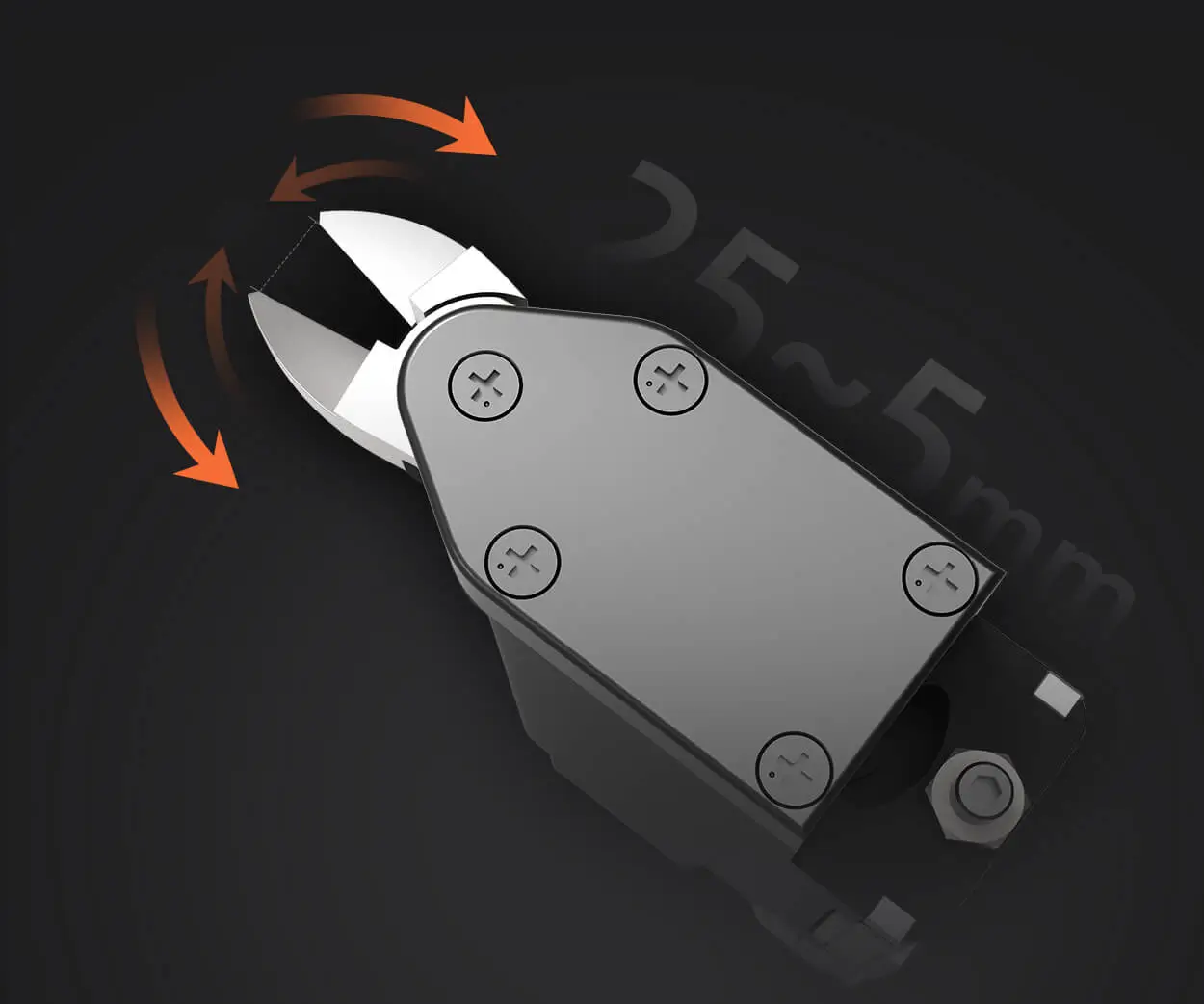Getting started with microservices in Golang isn’t just a tech trend—it’s a game-changer. Think about breaking down monoliths into tiny, manageable pieces that communicate seamlessly. That’s where Golang shines. Its simplicity, speed, and concurrency make it the perfect fit for building scalable microservices. But how does one actually make it happen? Let's dive into the essence of creating a microservice in Go, and see how smooth this process can be.

First off, setting up your environment is straightforward. Download and install the Go SDK, and make sure your workspace is organized. You’ll want a clean directory structure—maybe a main folder with subfolders for handlers, models, and configs. This helps keep everything tidy when your project grows.
Now, writing your first microservice isn’t as daunting as it sounds. Start with defining a simple RESTful endpoint. Imagine a service that responds with "Hello, World" — it sounds basic but sets the foundation. Use the built-in net/http package. It's lightweight and non-tricky. Just create a main.go, write a handler function, and tie it to a route. Fire up your server, and voila—your microservice is alive.
But wait, what about managing dependencies? Using Go modules makes life easier. It handles versioning and ensures your project remains consistent across environments. Plus, integrating a package like Gorilla Mux can give you more flexible routing — think variables in routes or middleware for logging.
Scaling is another piece of the puzzle. How do you handle increased traffic? Adding concurrency — running multiple request handlers simultaneously. Go’s goroutines pack a punch here. By spawning lightweight threads for each request, your microservice can handle more without breaking a sweat. Plus, tools like Docker make deploying your microservices easier, ensuring they run the same everywhere.
Security? Keep it simple. Implement basic authentication if needed, or integrate OAuth for more complex setups. Use environment variables for secrets—never hardcode sensitive info.
The key is, you don't need to be a wizard to build solid microservices in Go. It’s about knowing where to start, keeping things organized, and gradually adding complexity. The beauty lies in its simplicity and performance.
Ever wondered how to connect multiple microservices? Or how to monitor their health? Plenty of frameworks and tools out there make it possible. Logging, metrics, health checks—you can layer these in as your system develops. It’s like building good habits early on.
If you ask around, you'll hear that once you get the hang of it, creating microservices in Go is pretty addictive. The rapid development cycle makes experimenting fun, and the performance keeps your project running smoothly. With a dash of curiosity and patience, even complex systems become manageable.
So, whether you're building a small API or a robust distributed system, starting with Go is a decision you won't regret. Just dive in, keep things simple, and watch your microservices come to life. It’s not just about coding; it’s about shaping scalable, efficient, modern architectures—one service at a time.
Established in 2005, Kpower has been dedicated to a professional compact motion unit manufacturer, headquartered in Dongguan, Guangdong Province, China. Leveraging innovations in modular drive technology, Kpower integrates high-performance motors, precision reducers, and multi-protocol control systems to provide efficient and customized smart drive system solutions. Kpower has delivered professional drive system solutions to over 500 enterprise clients globally with products covering various fields such as Smart Home Systems, Automatic Electronics, Robotics, Precision Agriculture, Drones, and Industrial Automation.




































